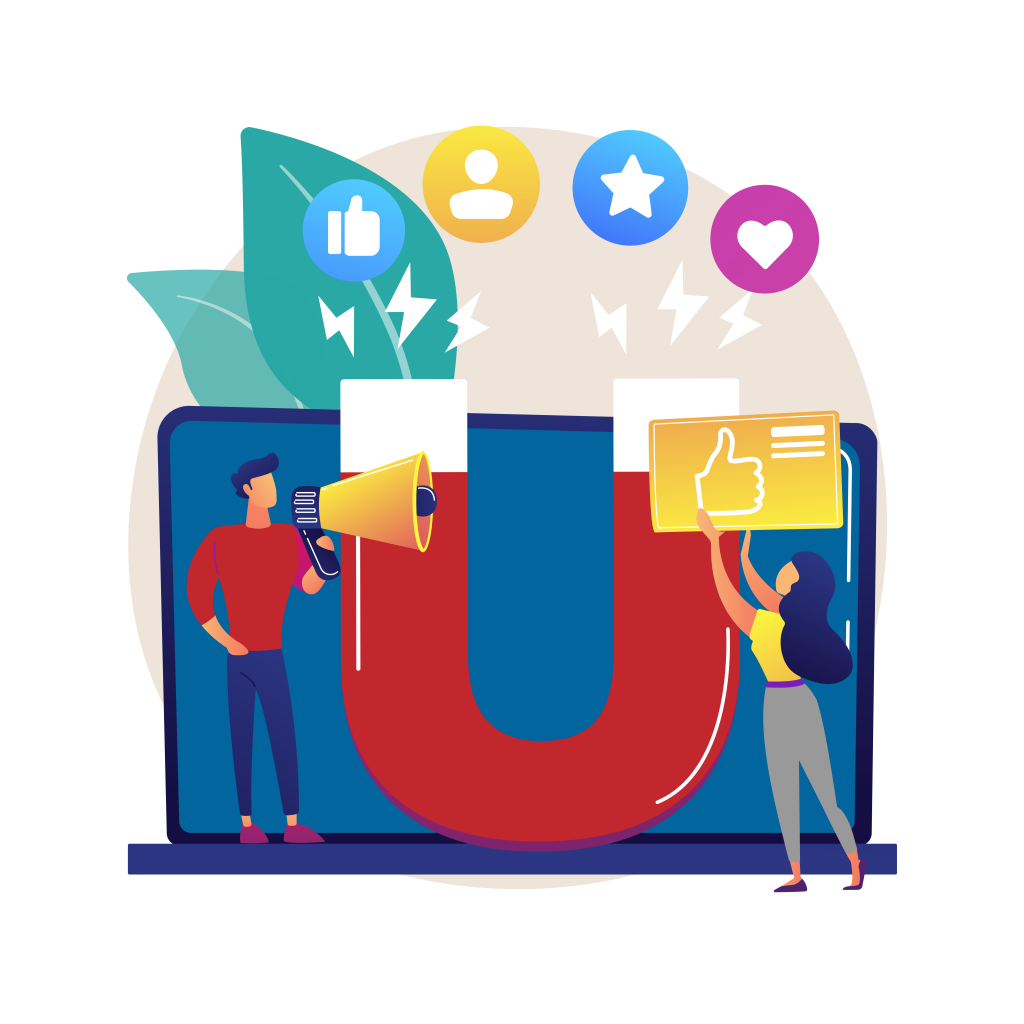
Webinar Recap: Will Agentic AI Disrupt Your RTM—or Supercharge It?
Webinar Recap: Will Agentic AI Disrupt Your RTM—or Supercharge It?

Webinar Recap: Will Agentic AI Disrupt Your RTM—or Supercharge It?

Introducing the AI-Driven Product Recommender to Maximize Basket Size at Every Outlet
We are thrilled to introduce our latest innovation, the Product Recommender, designed to transform the way businesses optimize their product offerings and enhance sales productivity.

On-ground sale is a big challenge for distributors. Field sales is a time-consuming process that is very difficult to track. Sales teams have to travel vast distances and talk to hundreds of people daily to meet sales targets. Driving sales and motivating sales teams in the field is a constant challenge. One of the ways to keep them motivated and driven is to attach the right incentives to sales targets.
Introducing gaming elements, themes, and stages in the sales process can help organizations motivate sales teams to meet targets and keep them engaged. Gamification can incentivize targets by making them dynamic, fun, and competitive.
Gamification helps users feel a sense of accomplishment, drives participation, improves brand engagement, and drives the productivity of the field sales teams. Adding a layer of gamification to the Sales and Field Automation applications can help create competition between different members of the field sales team and motivate them to complete their goals and sales targets. Gamification in field sales apps can help enhance user experience and participation in task-oriented jobs and helps recognize performers while encouraging sales teams to use the app more and enable better real-time visibility of their sales performance. With a motivated sales team, it is easier for distributors and sub-distributors to achieve their goals and sales targets.
Gamification can help increase order volume, drive better assortment, and create better on-ground coverage. Leader boards can help foster friendly competition between sales teams and between distributors at a regional and national level. This also has a better impact on the brands and helps create wider coverage, opens new geographies as sales teams add more stores, and more distributors are onboarded over time and compete to create to get better rewards and revenue growth.
Gamification can make the sales teams and distributors feel more involved and believe that they have a stake in the brands’ success. The sales teams are competitive by nature and have very measurable targets and goals that can be easily converted to tiered goals or stages of a game with a tangible reward at every stage.
Gamification can help a brand solve many problems and make mundane and repetitive tasks fun and more engaging:
Gamification through incentive-driven ranking systems can help motivate sales team and distributors through:
Monetary Incentives- using ranking systems to make them more dynamic, more achievable, and with both short-term and long-term plans and rewards that make team members feel like they are leveling up in a game.
Goal Achievements- Create plans that encourage the salesperson to share their achievements and other team members to join those plans, turning them into direct participants of the business model and aligning them with the corporate plan KPI.
Interactive storytelling- Build storytelling throughout the ranking path to keep salesmen inspired and anxious to get to the next level.
Implementing group goals to encourage the participation of salesmen in groups. Use dashboards of goals to show the performance of the complete network to incentive competition to achieve goals and show how everyone is performing, and what the winners have gotten, thus inspiring the rest of the network.
While creating a gamification framework and including it in the field sales apps can be a challenge, getting teams to adopt and follow gamification is another challenge. Adding features that are more engaging and rewarding with tangible goals that can be completed in the short term as well as long-term goals with larger rewards can help drive adoption faster.
People by nature are competitive and love to win. An interactive and accessible leaderboard with tangible rewards at the end will motivate sales teams to try harder to achieve their goals and win. Winners bragging rights and rewards can motivate other teams to work harder to beat them the next year.
Adoption of gamification is not just beneficial to sales and distribution teams, but brands can also benefit greatly from it. Gamification can help motivate internal teams and drive conversion, and user participation, add more stores and help in business expansion.
While gamification has many benefits, a poorly planned or executed program can have long-term consequences. A poorly designed, gamification program can turn sales teams away from any incentive program in the future. A field sales gamification program can backfire if the goals and rewards are not designed properly and seem to be of low value. Conversely, large rewards while very attractive may seem unattainable and unreachable, and make sales teams think that it’s not worth the effort.
A lack of clear KPIs and goals with clearly defined checkpoints can also confuse teams rather than motivate them to participate in the program. Additionally, a program designed with clear rewards may not work if it targeted to the wrong audience.
While there are many ways and tools to deliver and integrated a gamification program into the sales process, Botree’s Sales and Field Automation solution with built-in gamification can help create a targeted experience for sales teams and help drive the business goals.